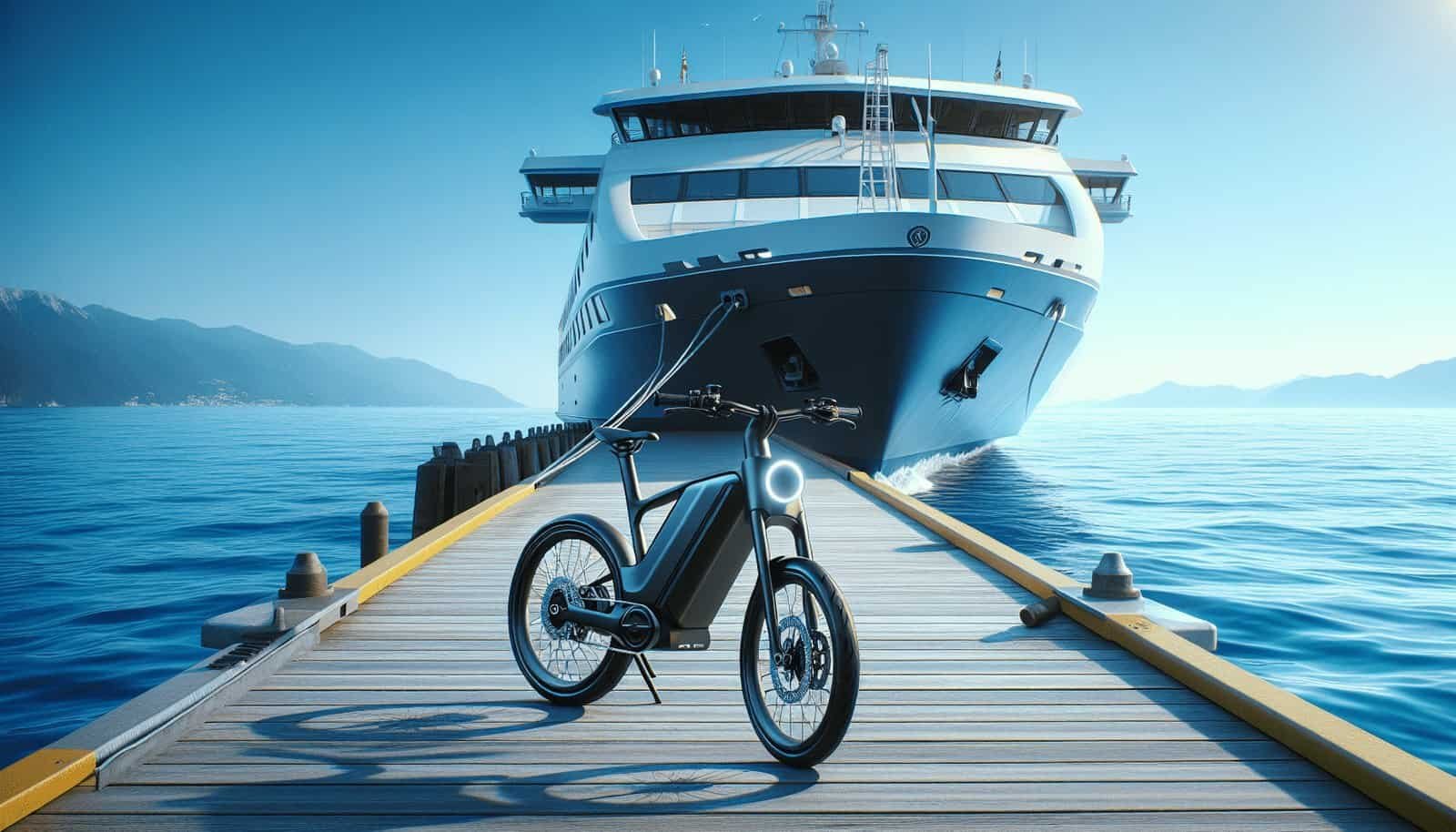Have you ever found yourself wondering about the specific limitations or rules when it comes to transporting your electric bike on ferries, trains, buses, or even planes? Understanding the various restrictions can be a bit of a puzzle, particularly since they can differ greatly depending on where you are and the mode of transportation you’re using. As more people turn to eco-friendly transport options, it’s crucial to understand the logistics of taking your electric bike, often called an e-bike, along with you. Let’s explore the details to ensure you can navigate these choices without any hiccups.

Understanding Electric Bikes
Before tackling the topic of transportation restrictions, it’s helpful to understand what constitutes an electric bike. Electric bikes are bicycles with an integrated electric motor that can assist with propulsion. They fall into various categories based on speed and motor power, impacting how they’re treated under transportation regulations.
Categories of Electric Bikes
Electric bikes generally fall into three classes:
Class 1: These e-bikes have a motor that assists only while you’re pedaling, with a maximum speed of 20 miles per hour.
Class 2: These e-bikes come equipped with a throttle-actuated motor, also reaching up to 20 miles per hour, but you don’t need to pedal for the motor to work.
Class 3: These offer pedal assistance up to 28 miles per hour and may be restricted from certain trails or bike paths.
These categories are important as they can affect the rules around what types of transportation your e-bike can be used on.
General Transportation Regulations for E-bikes
Various transport modes have unique rules regarding electric bikes. Understanding these regulations is essential to ensure smooth travel experiences. Let’s break down some general patterns you might encounter.
Size and Weight Limitations
E-bikes are typically heavier than traditional bicycles due to their motors and batteries, leading to specific size and weight considerations. Some modes of transport might have restrictions based on these factors, impacting the feasibility of carrying them.
Battery Considerations
Most e-bikes use lithium-ion batteries, which require special handling, especially on air travel where their transport is strictly regulated due to potential fire hazards.
Electric Bikes on Ferries
Ferries are a popular method for crossing bodies of water, and for e-bike owners, understanding if and how these bikes can be accommodated is crucial.
Differences in Ferry Services
Ferry services often vary from place to place. Some might have dedicated bike slots, while others treat bikes as regular cargo. It’s worth noting these differences:
- Domestic Ferries: Often bicycle-friendly, but e-bikes may have additional charges or specific loading areas.
- International Ferries: Stringent rules may apply, especially concerning the type and size of the e-bike and battery restrictions.
Good Practices on Ferries
When planning to take an e-bike on a ferry, consider booking your slot in advance if possible, and arrive early to understand the boarding procedure. Having a bike lock handy is also wise.
Electric Bikes on Trains
Trains provide a convenient option for travelling with an e-bike over long distances. However, policies vary greatly depending on the region and train service.
Regional Policies
- Europe: Known for bicycle accessibility, many European trains allow e-bikes, sometimes requiring a special ticket or reservation.
- United States: Amtrak and regional rail services may allow e-bikes, but it’s important to confirm beforehand, as space or reservations might be needed.
Considerations for Train Travel
Keep the following in mind when planning to take an e-bike on a train:
- Space: Ensure your e-bike can fit into designated bike areas.
- Peak Hours: Some trains do not permit bikes during peak travel times.
Traveling during off-peak hours can be less stressful and more flexible in terms of space availability for your e-bike.

Electric Bikes on Buses
Buses can be more challenging due to space constraints, but there are options depending on the service and region.
Local and Regional Buses
- City Buses: Typically have limited space; many restrict e-bikes altogether due to size and weight limitations.
- Intercity Buses: May require e-bikes to be packed as checked luggage or completely disassemble them to fit under the bus.
Alternative Options
Consider bike-on-taxi services or bike shuttles that cater specifically to cyclists for shorter urban routes where buses might not be an option.
Electric Bikes on Planes
Flying with an e-bike is generally more complex, mainly due to battery regulations.
Airline Policies
Airlines are strict about battery size due to fire risks, often capping batteries at certain watt-hours which many e-bike batteries exceed. Here’s a typical approach:
- Carry-On/Checked Luggage: Most airlines do not allow e-bike batteries in checked or carry-on luggage.
- Cargo Services: Consider freight services for shipping e-bikes separately.
Preparations for Air Travel
Begin preparations well in advance if you plan to fly with an e-bike. This could mean disassembling your bike, shipping the battery separately, or even renting an e-bike at your destination to avoid complications.

Legal Regulations and Safety Considerations
Legal aspects and safety concerns form a crucial part of understanding restrictions on e-bikes across different transportation modes.
Legal Regulations
Local and international transport laws might impose restrictions on e-bikes, depending on the bike’s speed and motor capacity. Always check:
- Local Traffic Laws: You’ll need to know whether specific laws apply to your type of electric bike.
- Transport-Specific Rules: Such as those laid down by the International Air Transport Association (IATA) for air travel.
Prioritizing Safety
Regardless of the transport mode, safety is paramount. Ensure your e-bike is securely stowed and cannot cause obstruction. Also, comply with all safety procedures provided by the transport authorities.
Preparing Your Electric Bike for Transport
Preparation is key to ensuring that your journey with an e-bike is stress-free. Here’s how you can prepare:
Maintenance and Packaging
- Pre-Travel Check: Inspect the bike for any needed repairs or maintenance well before your departure date.
- Proper Packing: Invest in a durable bicycle travel case or use bubble wrap/cardboard to protect the bike components during transit.
Battery Removal
Given the restrictions on lithium-ion batteries, it’s often necessary to remove and safely pack the battery separately. Consult your specific transport provider for guidelines.

Alternatives to Transporting Your E-bike
If the logistics of moving your bike are daunting, some alternatives might work better for you:
Renting E-bikes
Many cities globally offer e-bike rental services, allowing you to enjoy biking without the challenges of transportation.
Sending Your E-bike Separately
Consider courier services that specialize in transporting bicycles if it’s essential to have your specific e-bike at your destination.
Conclusion
Transporting an e-bike across different modes of transportation requires some planning and attention to detail. By understanding the regulations and preparing in advance, you’ll have a smoother experience. Whether you’re traversing water by ferry, taking a scenic train journey, traveling cross-country by bus, or flying to distant lands, knowing the rules will save you time and hassle. Plan carefully, take advantage of local rental options when feasible, and soon you’ll find that e-biking along your journeys can be effortlessly woven into your travel lifestyle.


